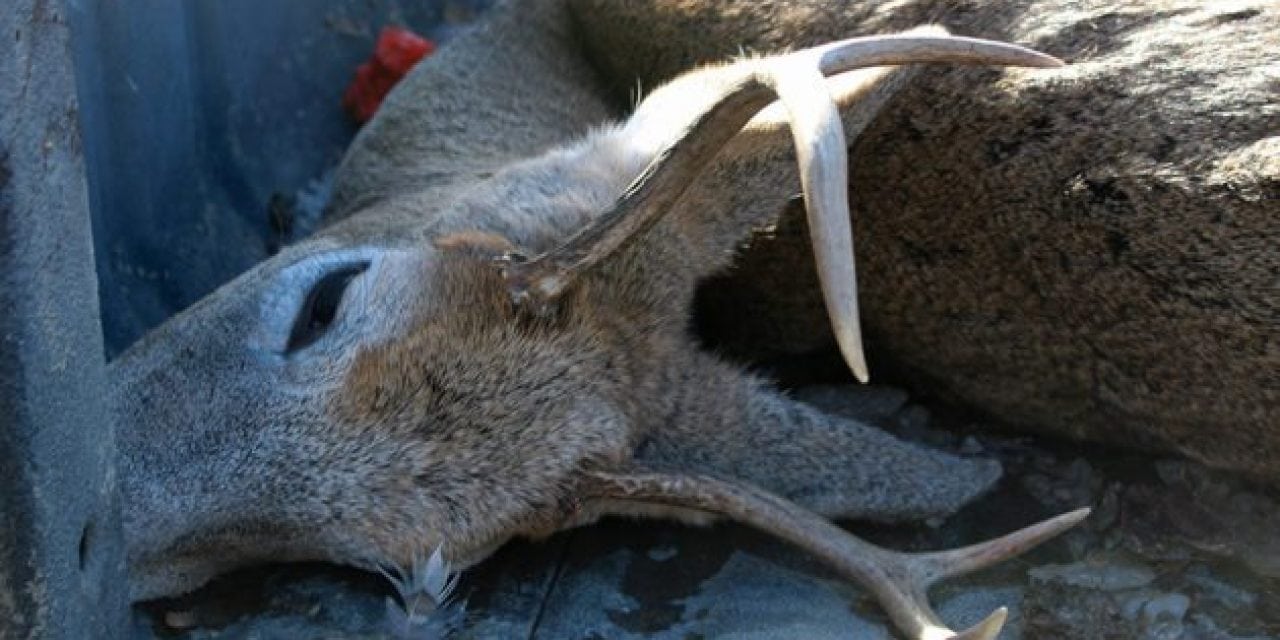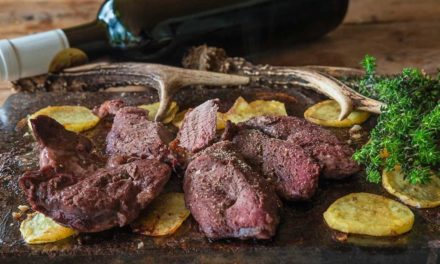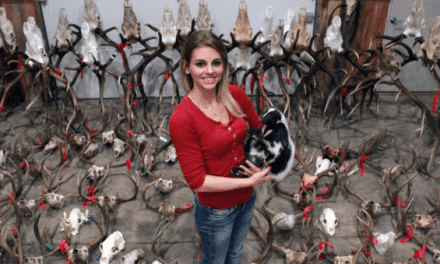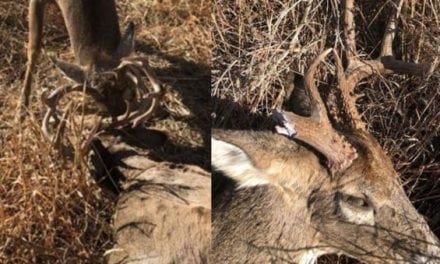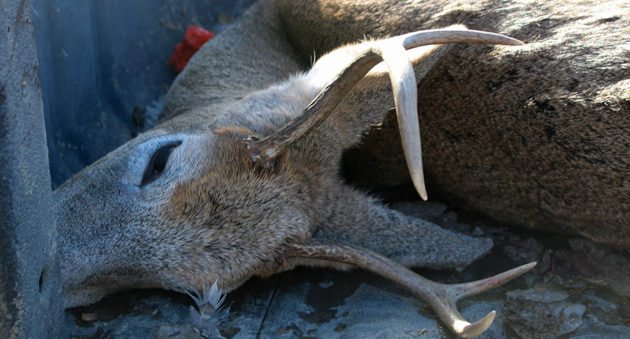
So you made a gut shot, now what?
No matter how much time and practice you put in, bad shots can happen.
Maybe you didn’t notice the slight angle the deer was standing at or maybe you rushed and made a bad trigger pull.
Whatever the reason, here’s how to handle the situation and salvage the meat.
Immediately after the shot
You can usually tell if you made a bad shot right after you pull the trigger. If you feel like you might not have hit dead on, immediately take note of where exactly the deer was standing and facing, where it headed, and what mistake you might have made.
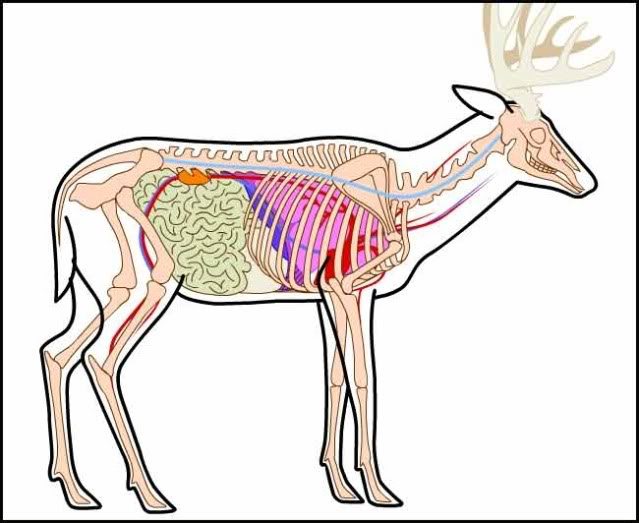
From that, you might can deduct if the shot was just slightly further back than you intended or if something went extremely awry and your bullet or arrow went deep into the gut.
Either way, the deer will not travel far. The most important thing to do is to not bump, or scare off, the down deer. Most seasoned hunters say if you bump a gut shot deer, you’ll never find it. Sadly that is often the case. While you have options, often times the best plan is to check the area you last saw the deer for clues on what hit you may have made and then quietly slip out and wait 12 or so hours.
A good rule of thumb is if you shoot the deer in the morning, don’t look until the evening; and if you shoot it in the evening, don’t look until the following morning. This will allow for the deer to remain still and pass so you can retrieve it later.
If you’re lucky, you may be able to locate the deer from the last spot you saw it. I made my first poor shot on a deer in a while, and unfortunately I had to suffer the consequences.
I shot too quickly without recognizing that the deer wasn’t fully broadside. Thankfully, my bullet ruptured her diaphragm, so I found her just 20 yards into the woods.
I was able to make a clear shot and retrieve her just shortly after the initial shot. If you can spot your gut shot deer but don’t have a clear follow up shot, then stick to the first option.
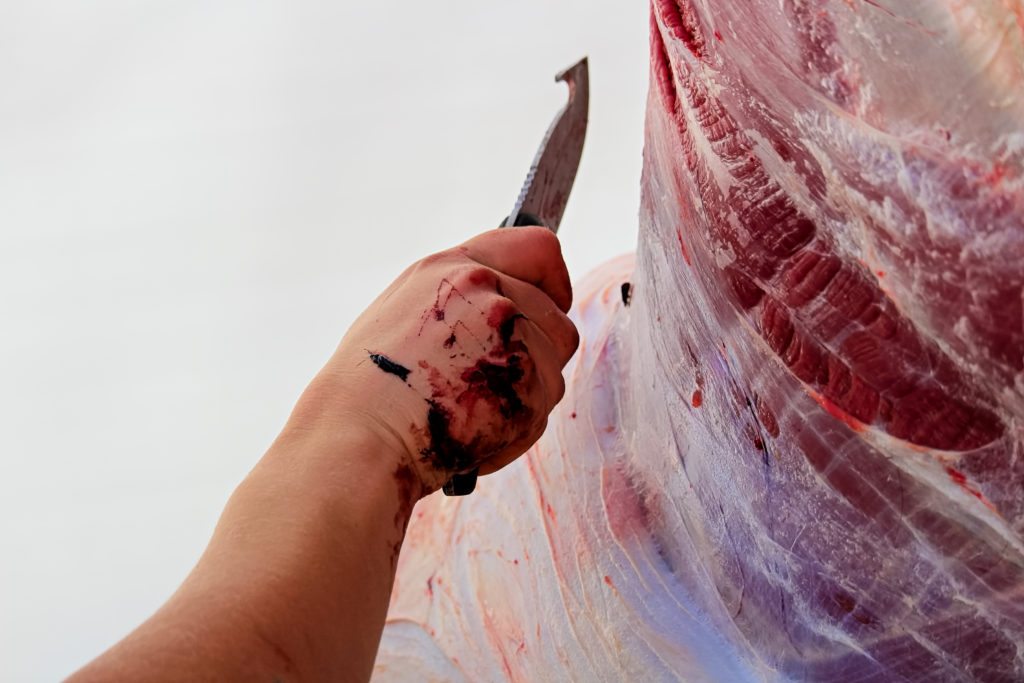
Saving the meat
If you recover a gut shot deer, do not fret, some of the meat can definitely be salvaged. But be warned, you may not end up with as much meat as usual and the tenderloins almost always can’t be eaten.
You need to get it field dressed immediately, and it will be a messier job than normal. Try your best to keep fur and dirt away from the meat.
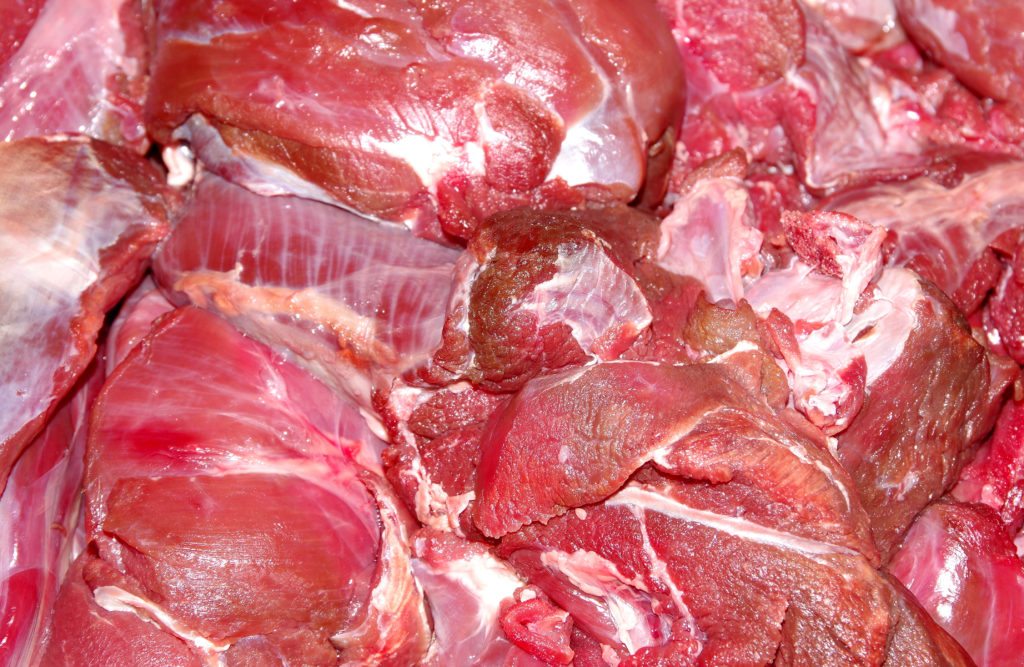
It seems like almost every hunter has their own theory on what to do from this point on. Some say to soak the meat in salt, baking soda or even vinegar. While I haven’t tested every one of those, my experience with the soaking method is not a great one.
Another theory is, if the weather is cool enough, to leave the deer hanging and dry age it, so to speak. This makes it so when you go to process the meat, you can basically shave off the outer layer and are left with fresh red meat underneath. Judge the situation and make the best choice you can.
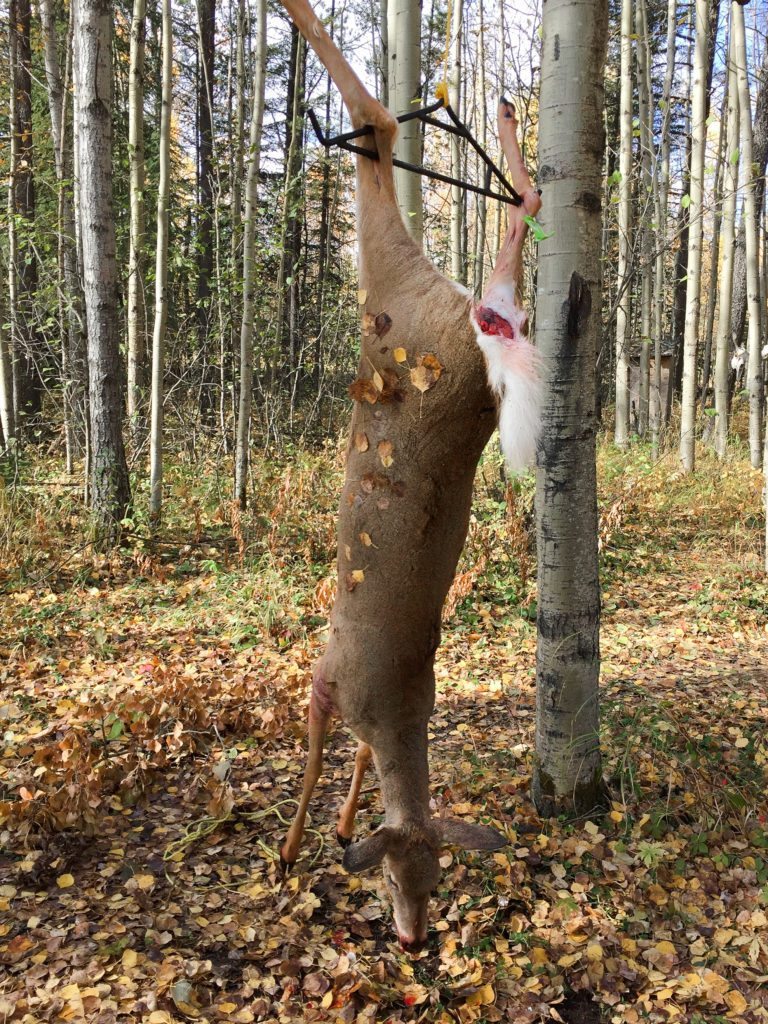
As you work the meat off the bone, check each piece for appearance and smell. From here, the best way to maximize what you save is to plan on grinding it all, mixing in a higher fat content and turning it into sausages or jerky.
This is, in my opinion, the best way to mask any gamey flavor that may be lingering.
NEXT: IS THIS JERKY GUN WORTH A TRY?
WATCH
The post How to Salvage a Gut Shot Deer appeared first on Wide Open Spaces.

